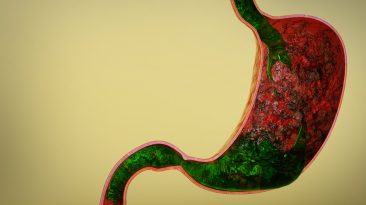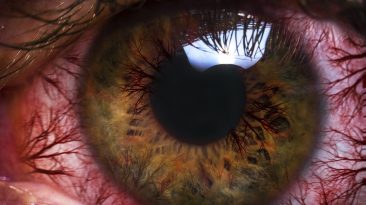Food For thought? Pills. Three times a day, all your nutrients, all your favorite flavors. Feel like having lobster for breakfast? Done. Trying to like mushrooms, but can’t stand the texture? Problem solved.
Meal replacement pills are the future. At least, that’s what people have been saying for the past century. So what if we got them now? How would they affect our diet? Would we be healthier? Could they solve world hunger? Will we see them in our lifetime?
Here’s what would happen if There Was A Meal Replacement Pill.
Meal pills began as a feminist ideal. Leading up to the 1893 Chicago World’s Fair, the American Press Association asked writers to predict the world of 1993.
So American suffragette, Mary Elizabeth Lease described a world of synthetic food, freeing women from kitchen work, and other domestic chores.
In the decades that followed, science fiction novelists, playwrights, filmmakers, and others from different disciplines all experimented with the idea of meal-replacement pills.
But the best we’ve come up with so far is Soylent. Soylent is a thick and creamy concoction that contains all the fat, carbs, proteins, vitamins and minerals you need in a day.
So if we can drink our meals, why can’t we pop ’em?
It wouldn’t be hard to replace a portion of your diet with nutrient pills. After all, you can pick up every essential vitamin in pill form at your local grocery store or pharmacy.
In doing so, you might think you’re pretty nutritious, and intelligent, but you wouldn’t look it. You’d grow irritable, depressed, tired, and you’d eventually die of starvation.
Because it’s not just nutrients we need to survive. Calories are crucial. The average adult needs 2,000 calories per day to survive. What does that look like?
Here’s the break down: Well for breakfast, eat 2 eggs, a slice of bread, 2 tablespoons of peanut butter, and a glass of juice.
For lunch, how about a turkey sandwich, carrots and dip, a chocolate chip cookie and a glass of milk.
And then for dinner, you could grill up some salmon, add a baked potato, some steamed broccoli and a cup of ice-cream for dessert.
If you need a snack during the day, grab an apple and a granola bar and you’ve hit 2,000 calories.
So how do you fit all that into one pill?
You don’t. You can’t. Even if fat is the most concentrated source of calories, you can’t fit enough of it into a single pill.
But if you were set on subsisting on a pill-only diet, then you’d have to eat 450 calorie pills a day, plus other vitamins to get your needed nutrients.
But that’s sort’ve how Soylent was invented. Living in San Francisco with high rent, and a high grocery bill,
Rob Rhinehart thought to economize through chemistry. He found out what the body needed to survive, ordered the raw ingredients mostly in powder form, tossed them in a blender, added water, and mixed up a healthy, hearty cocktail.
Rhinehart’s grocery bill went from $470 per month down to $50.
With a meal replacement pill, we could imagine a much more efficient world, and one with greater food security. Since future meals would easier and cheaper to manufacture, and send around the world. The effects of climate change today are beginning to limit what we can grow.
Mangos and Avocados, for example, are among the fruits that are in decline; while farms across the world are seeing fewer yields due to global warming and increased drought.
We might never get it in one pill, but it’s possible, if not likely, that full meal replacements are the way of the future.
And if you’re afraid that your favorite flavors would disappear if all your food came in a pill, don’t be! Researchers at the Institute of Food Research in Norwich, England, recently found a way to put multiple flavors into a single capsule, and have them released one at a time, at different intervals.
So what’s the future of food? Fast, frugal, and flavorful. Bon appetit!
Subscribe to What-If on Youtube or follow the show on Facebook Watch.
Sources
- Meal-In-A-Pill: A Staple of Science Fiction
- Why Don’t We Have Food Replacement Pills?
- It’s 2016, So Where Are All the Meal-Replacement Pills Already?
- The End of Food
- How close are we to a meal pill?
- Before Soylent: a brief history of food replacements
- What Is a 2,000-Calorie Diet?
- Six foods threatened by climate change



























